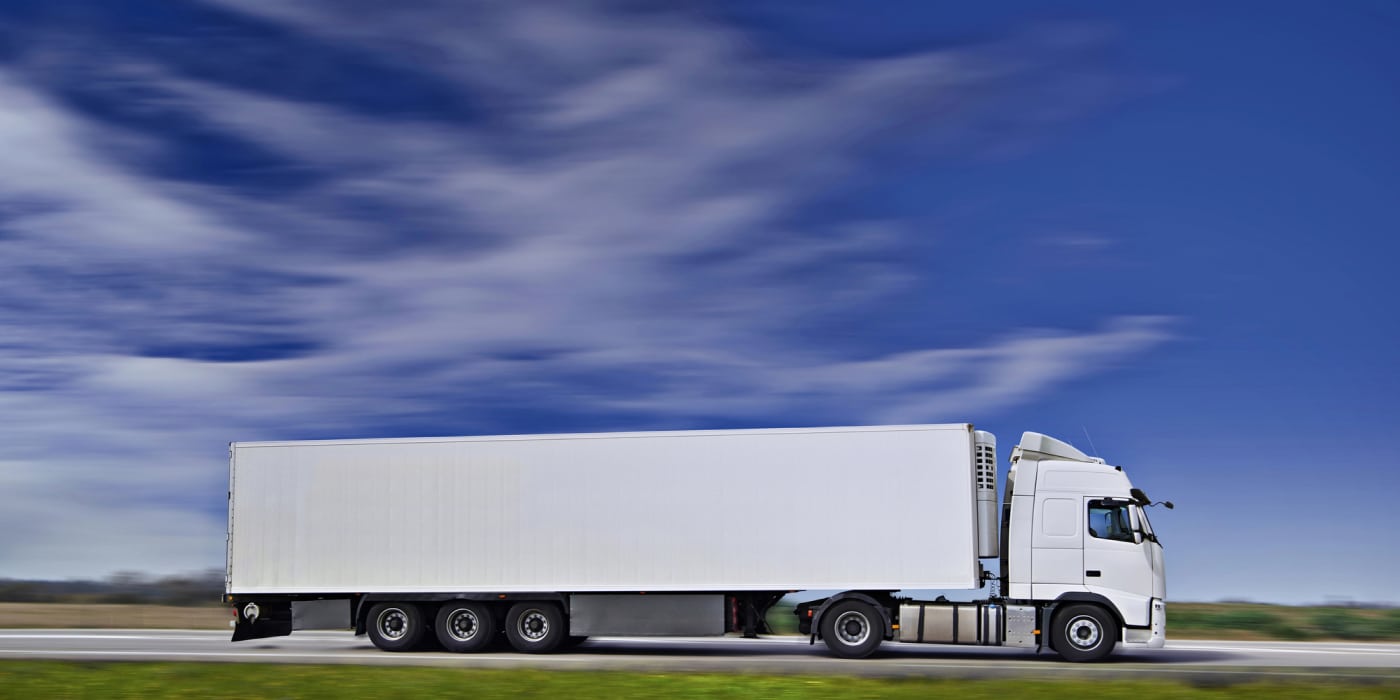Overcoming Challenges in Direct-Store Delivery
Direct-store delivery (DSD) is a vital distribution strategy for many businesses, particularly in industries like beverages, baked goods, and snacks. This method bypasses traditional distribution centers, delivering products directly from the supplier or manufacturer to retail stores. DSD offers numerous benefits, but it also requires careful management to avoid common challenges.
Here’s a look at some common hurdles in direct-store delivery and practical strategies to overcome them.
Inefficient Route Planning
One of the most significant challenges in DSD is managing delivery routes efficiently. Coordinating deliveries directly to multiple stores requires meticulous planning. Planning and managing different routes can quickly become a logistical nightmare without the right tools and strategies in place. Optimizing delivery routes is crucial for minimizing fuel costs, ensuring timely deliveries, and increasing driver productivity.
Advanced route optimization software can analyze multiple variables such as delivery windows, vehicle capacities, and delivery locations, to create the most efficient routes. Real-time route adjustments allow businesses to seamlessly adapt to schedule changes, ensuring optimal efficiency and reducing transportation costs. Leveraging advanced route optimization capabilities not only save time and money but also improve customer satisfaction by ensuring reliable delivery schedules.

Poor Communication
Effective communication between the manufacturer, distribution teams, field service staff, and retailers is vital for the success of DSD operations. With DSD involving multiple stakeholders, ensuring seamless communication becomes a challenge, especially when relying on traditional methods like phone calls or emails. Lack of clear communication can lead to missed deliveries, errors, and inefficiencies.
Integrated platforms, such as mobile apps or cloud-based systems, can streamline interactions by providing a centralized hub for updates, notifications, and messaging. This ensures that all stakeholders are informed and can respond promptly to any issues that arise. Drivers, field service personnel, and managers can stay connected and communicate with each other in real-time, enhancing collaboration and cooperation.
Workforce and Logistics Synchronization
Direct-store delivery operations require different workforces to work in tandem to accomplish their respective responsibilities. Drivers must deliver products to stores, while retail merchandisers arrange products on store shelves. Manually coordinating schedules and managing different teams can be a time-consuming process and inefficient process. With limited visibility, managers are unable to monitor each employee’s progress throughout the day and synchronize their daily tasks to ensure optimal resource utilization.
Distribution and field service management systems allow companies to schedule, track, and manage both drivers and field service personnel from one unified solution, enhancing visibility and efficiency. Real-time tracking enables managers to monitor drivers and merchandisers in real-time. Managers can anticipate issues such as delivery delays or late merchandiser arrivals and proactively address them before they grow into larger problems. Companies can synchronize and optimize driver and merchandiser schedules in real-time, minimizing idle time.
By addressing these challenges with the right technology, companies can enhance their DSD operations, leading to improved efficiency, reduced costs, and higher customer satisfaction. Embracing these solutions not only addresses the current challenges but also prepares businesses for future growth and success.
For more information about how our delivery management solution can help you manage your deliveries more efficiently, please contact info@www.bringoz.com.
